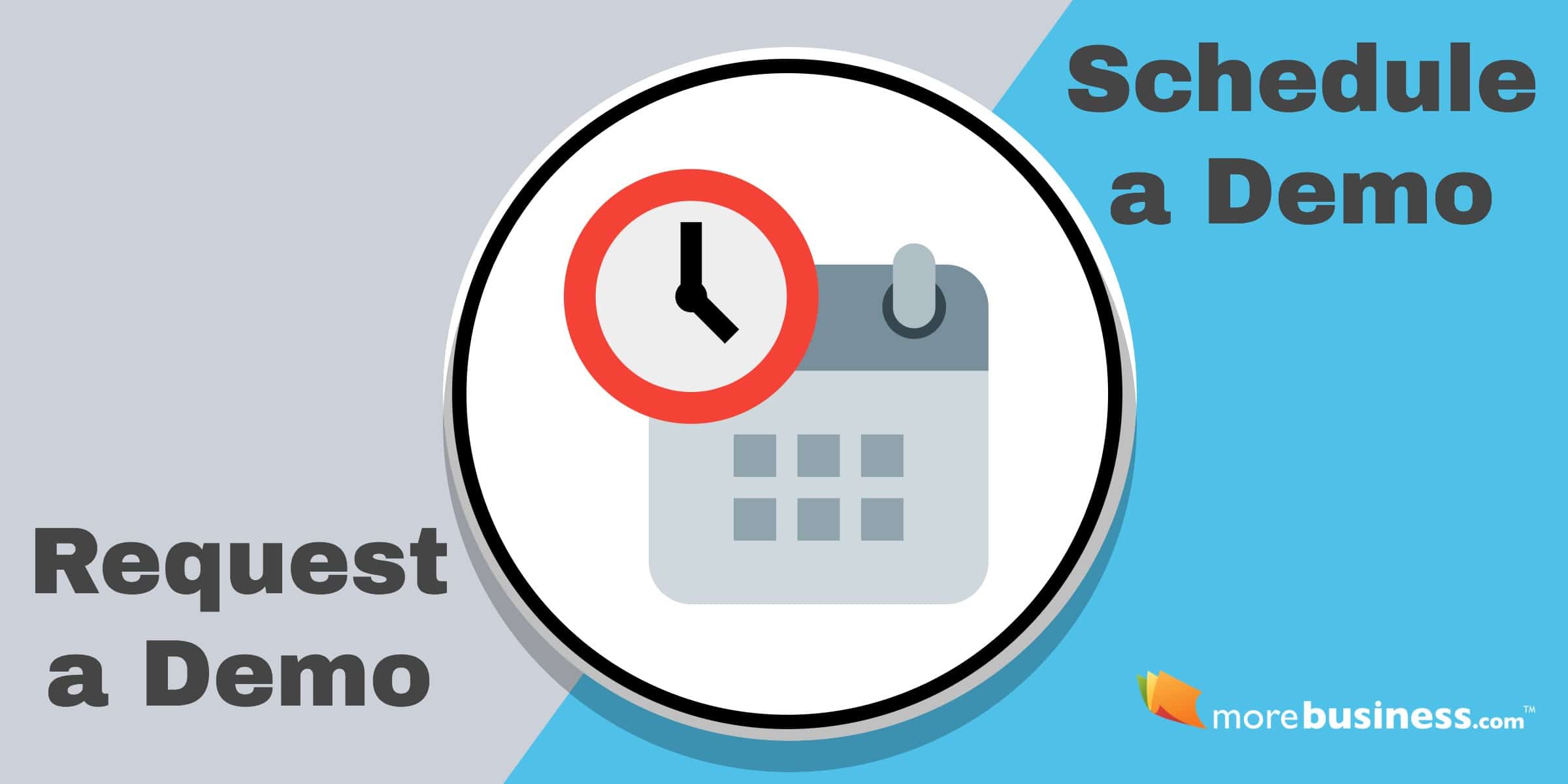If you sell a product that requires a demo before purchase, use these detailed steps to lead a prospect from “Request a demo” to “Schedule a demo” quickly. It will help you target your most qualified leads and shorten your sales cycle.
See also SaaS Marketing Plan Template to Build a Multi-Million Dollar Business
When someone submits a demo request, respond to them as fast as possible – an hour, maybe two, the same day for sure.
That said, qualifying your lead is very important. At my companies, we look for specific signals in the demo request form before we schedule a demo. You don’t want to pack your demo request form with too many fields. Doing so will dramatically reduce the number of demo requests you get.
Here’s how our process worked.
Table of Contents
1. Get Prospects to Request a Demo
To get a prospect to request a demo in the first place, your landing page must be as simple as possible. Provide enough information to pique their interest, but don’t distract them.
We tested many variations and finally settled on a layout that balanced lead quality with quantity. We structured our landing page as follows to make it easy to request a demo.
- 1-minute video about the product on the left side of the “Request a demo” landing page
- Actual demo request form on the right side with the words “Grow Your Business! Get a Demo:”
- Just below the heading, the Request a demo form had these four fields: first name, last name, email address, phone
2. Quickly Qualify the Prospect
From these demo request form fields, we deduced a lot of qualifying information to help us schedule a demo.
- If the email was gmail, yahoo or other generic address, we ignored the demo request. We used to contact these people, but not a single one ever went past the first conversation. So, for us, anyone who used a generic email was not a qualified prospect.
- From the email’s domain, we could look them up and get the company name, address (usually), and other pertinent details to see if they looked like a qualified lead.
- The reason we split first and last name was so that our CRM could send personalized emails automatically.
- The reason we requested phone number even though we could see it on their web page was that adding a phone number meant they were more serious about seeing a demo.
Note that this process is very quick. It did not determine whether a prospect was truly ready to buy our products. Just filling out the Request a Demo form isn’t enough to warrant a response. The goal here is to determine whether or not the prospect is worth the time to follow up.
It’s important to know how to spend your time wisely. Don’t waste your precious daytime cycles on prospects who will clearly not buy your product. While you might miss one or two opportunities to schedule a demo using this quick qualification process, you will be able to spend your valuable time on prospects who can really move the needle for your business.
3. Schedule a Demo
Those who passed the initial prospect qualification test got the following messaging, which we tracked using our CRM tool.
- Within 1–2 hours of the request, we emailed a very short email thanking them for requesting a demo. This included a mention that we looked at their website and a comment about it if appropriate (nice blog, great design) and link to set up a demo time – including 3 slots that were open in the next day or two.
- We used one of those calendar services where you can connect your calendar and set times of availability.
- If the requestor didn’t set up a time within a day, we called to set it up manually.
- If we got their voicemail, we immediately sent a second email with calendar link to set up the time.
- Still no response? We called 3 days later to see if they were still interested.
- Still no response? We sent a follow up email the week after they initially requested the demo.
- Still no response? They got put onto our email drip nurture campaign, which was mostly educational tips from our blog that would help with their business. This was the best follow up we ever implemented!
4. Stay in Touch With a Nurture Campaign
This last step – the educational messaging – got us new business all the time! People who weren’t ready for the demo, even though they requested one, would learn all sorts of handy insights from our nurture emails. They would reach out 6 months or even 2 years after their initial contact to schedule a demo (again).
Our nurturing emails were easy to create. We simply shared our blog content, which had information on industry trends, news, analysis, and action items that weren’t related to our product (but that our product could help do much faster). We repurposed the content into webinars, slide decks and guides.
This had a major impact on our business. We constantly heard things like “I really like your newsletter and I’m ready to do business with you now.”
The result: we converted about 1 in 3 demos that were actually held, sometimes 1 in 4 depending on the sales rep, into paying clients.










